-
© Complete Kit Car
-
 © Rota Archive
© Rota Archive -
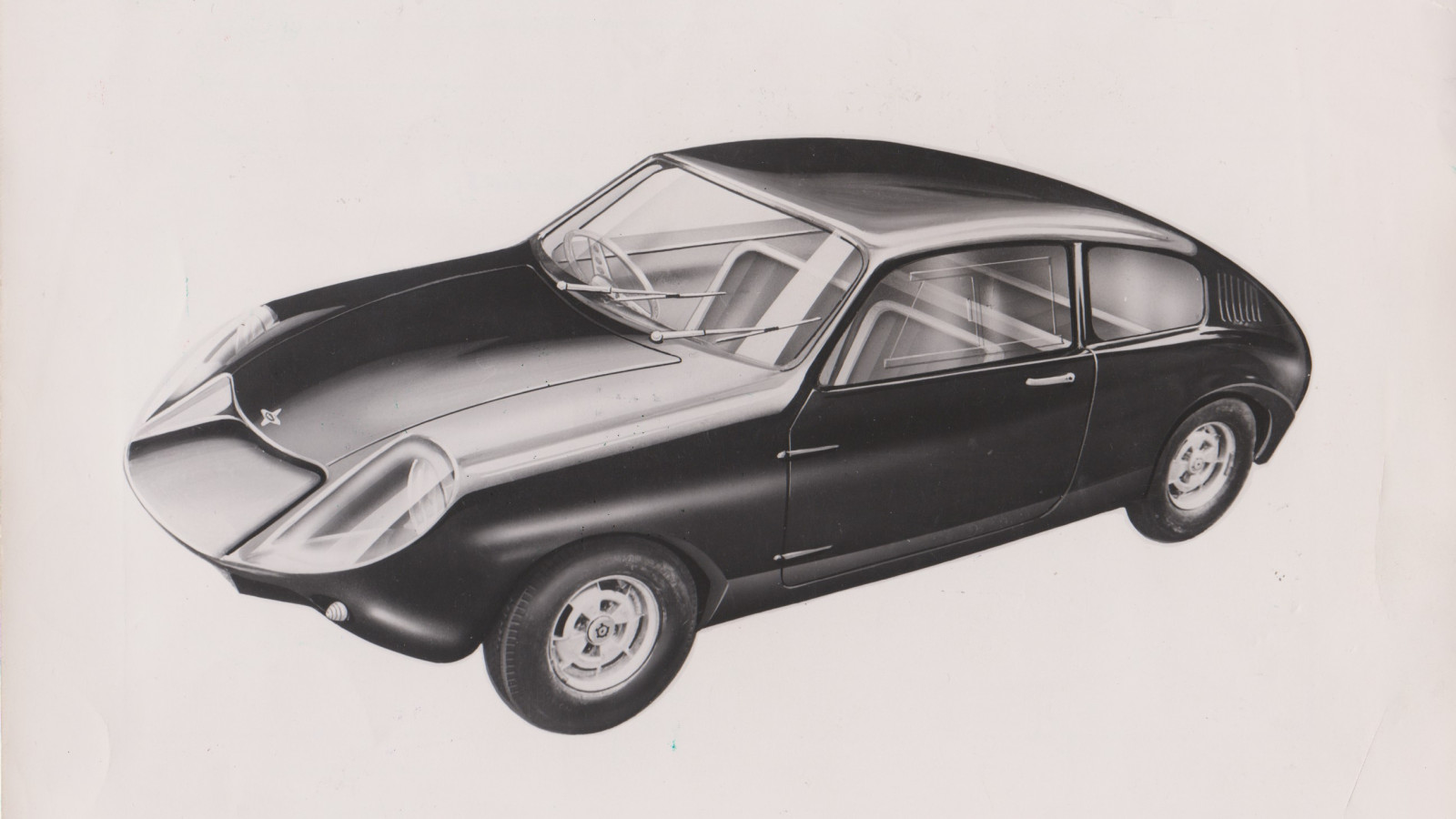 © Rota Archive
© Rota Archive -
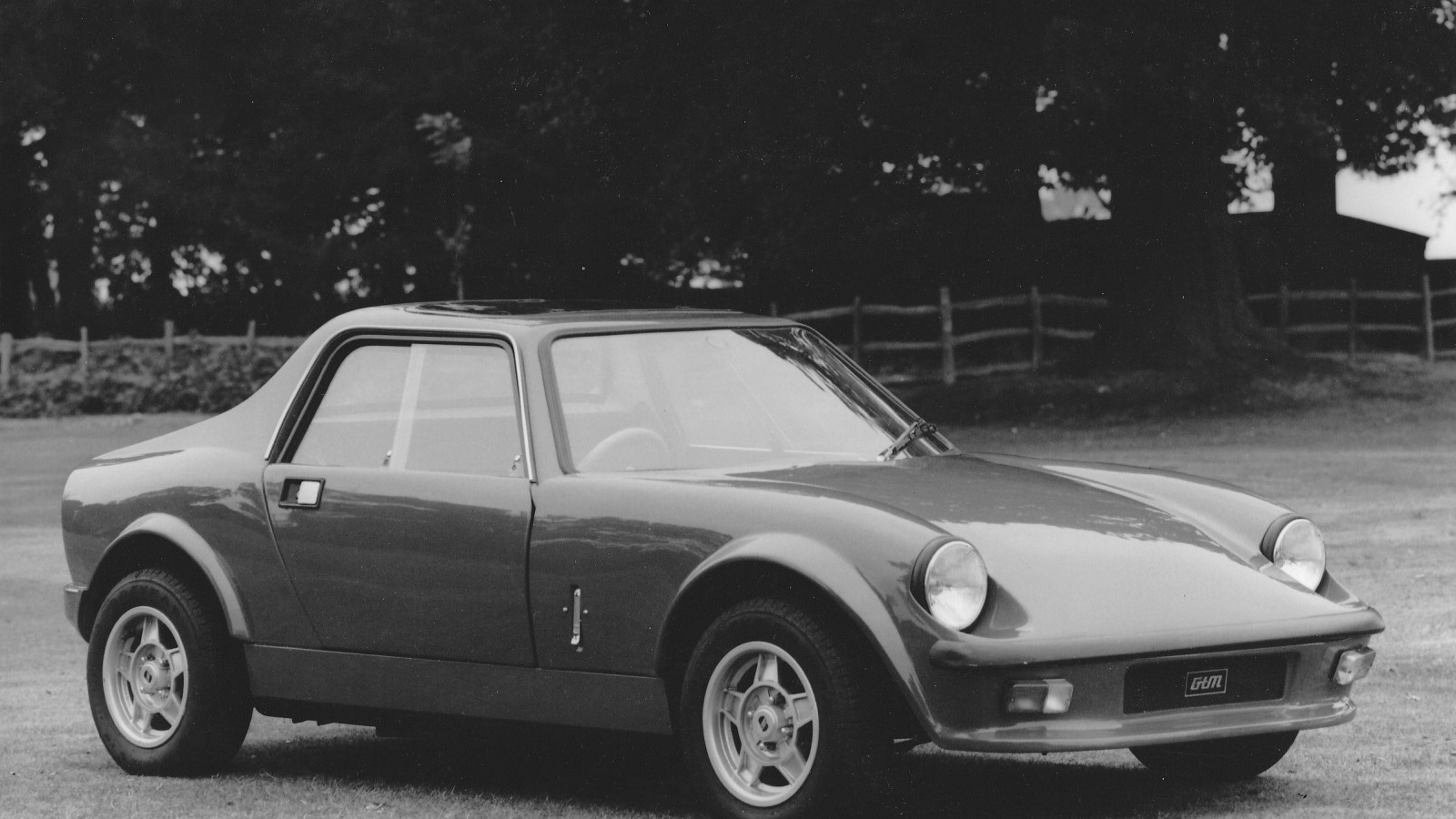 © Rota Archive
© Rota Archive -
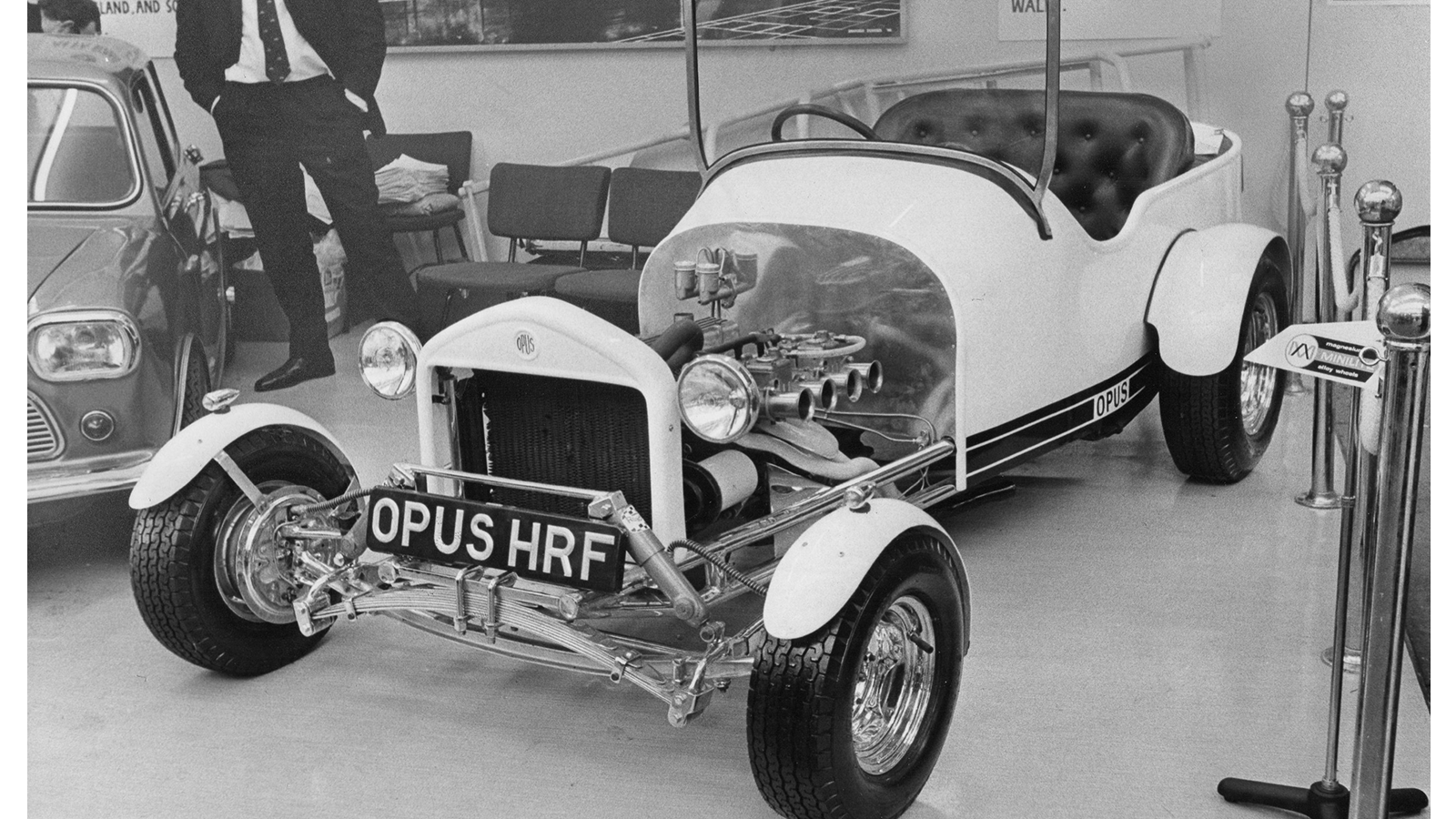 © Rota Archive
© Rota Archive -
 © Rota Archive
© Rota Archive -
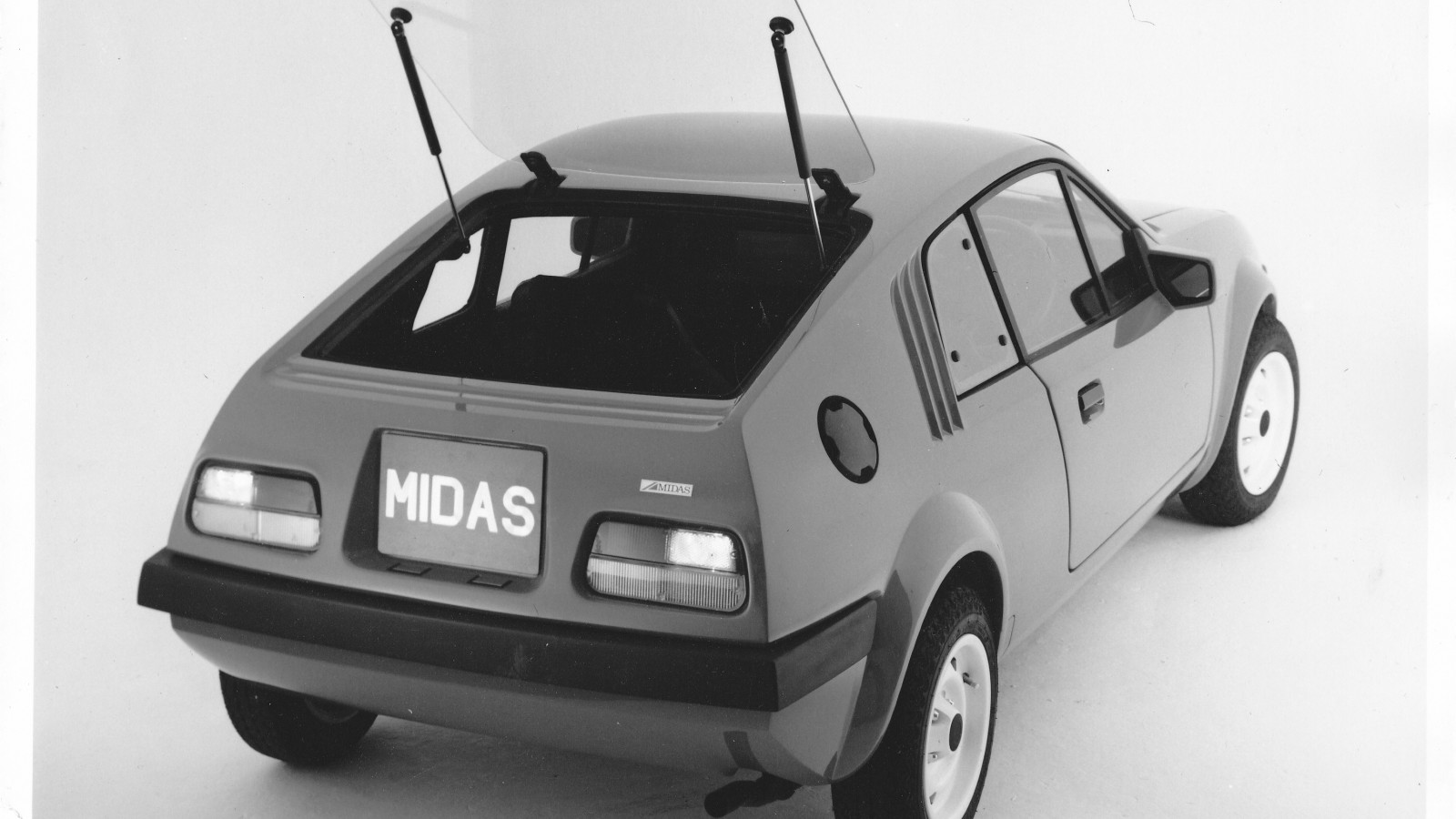 © Rota Archive
© Rota Archive -
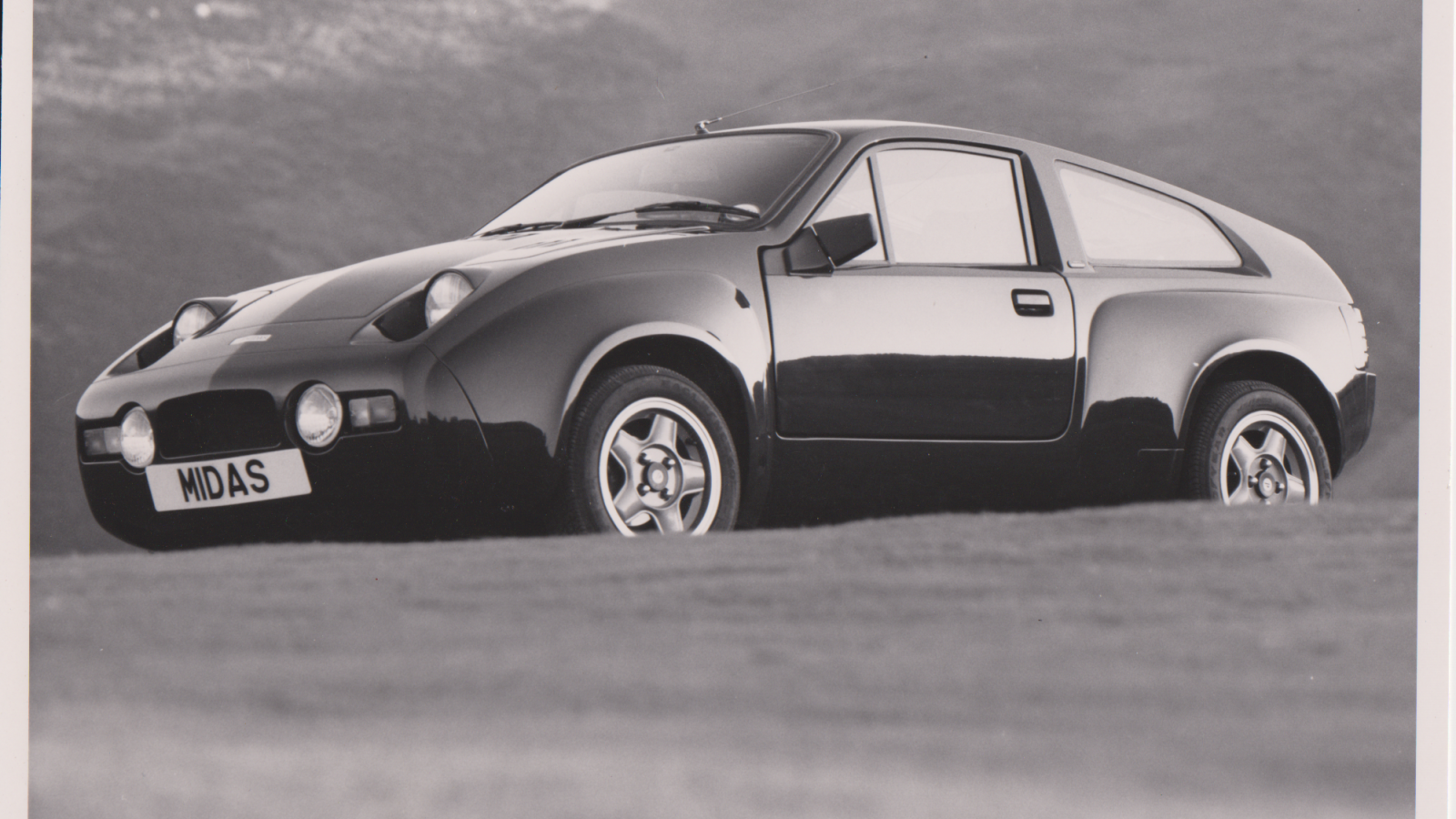 © Rota Archive
© Rota Archive -
© Complete Kit Car
-
 © Rota Archive
© Rota Archive -
 © Rota Archive
© Rota Archive -
 © Rota Archive
© Rota Archive -
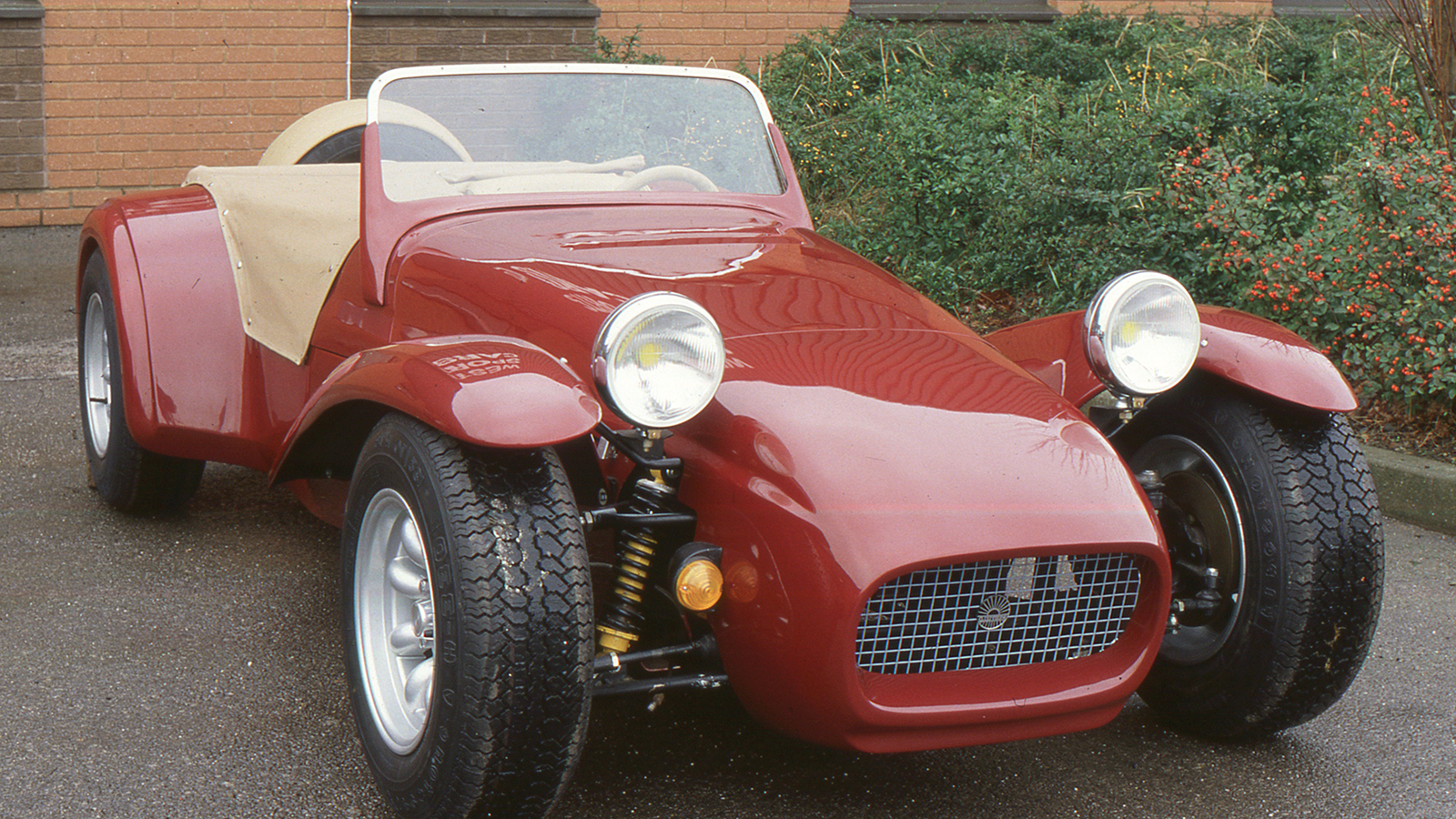 © Rota Archive
© Rota Archive -
 © Rota Archive
© Rota Archive -
 © Rota Archive
© Rota Archive -
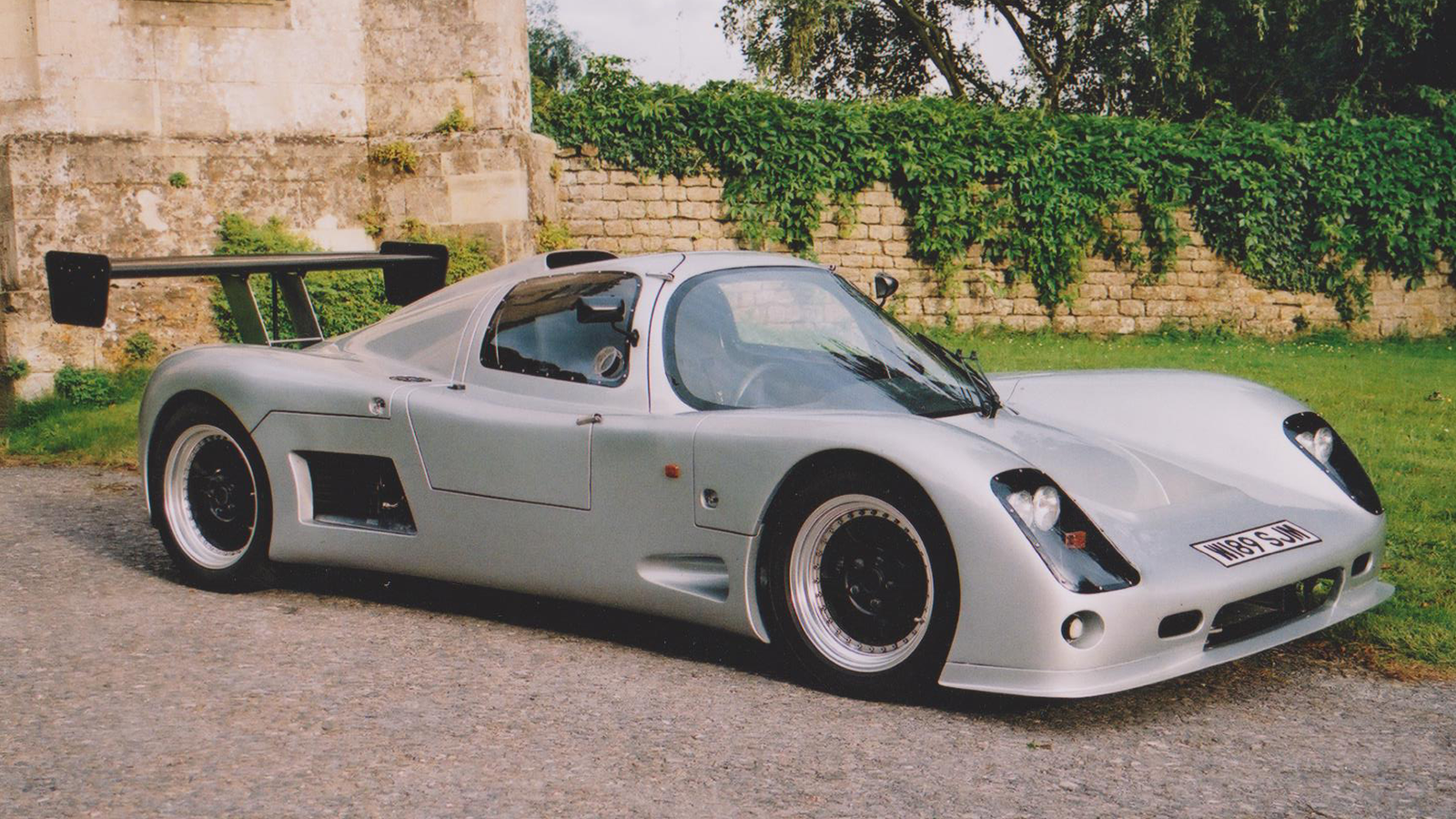 © Rota Archive
© Rota Archive -
© Complete Kit Car
-
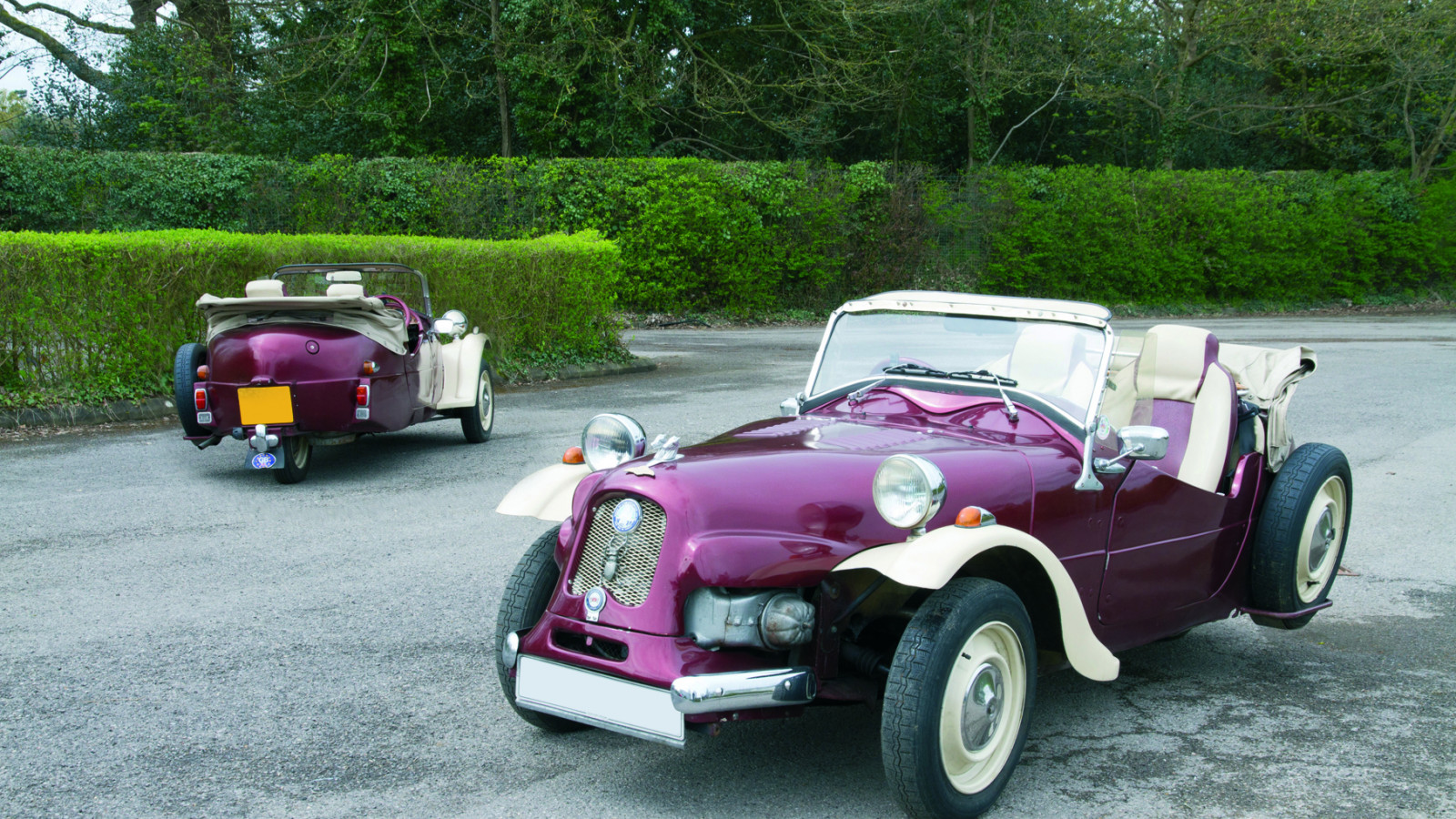 © Complete Kit Car
© Complete Kit Car -
© Complete Kit Car
-
 © Rota Archive
© Rota Archive -
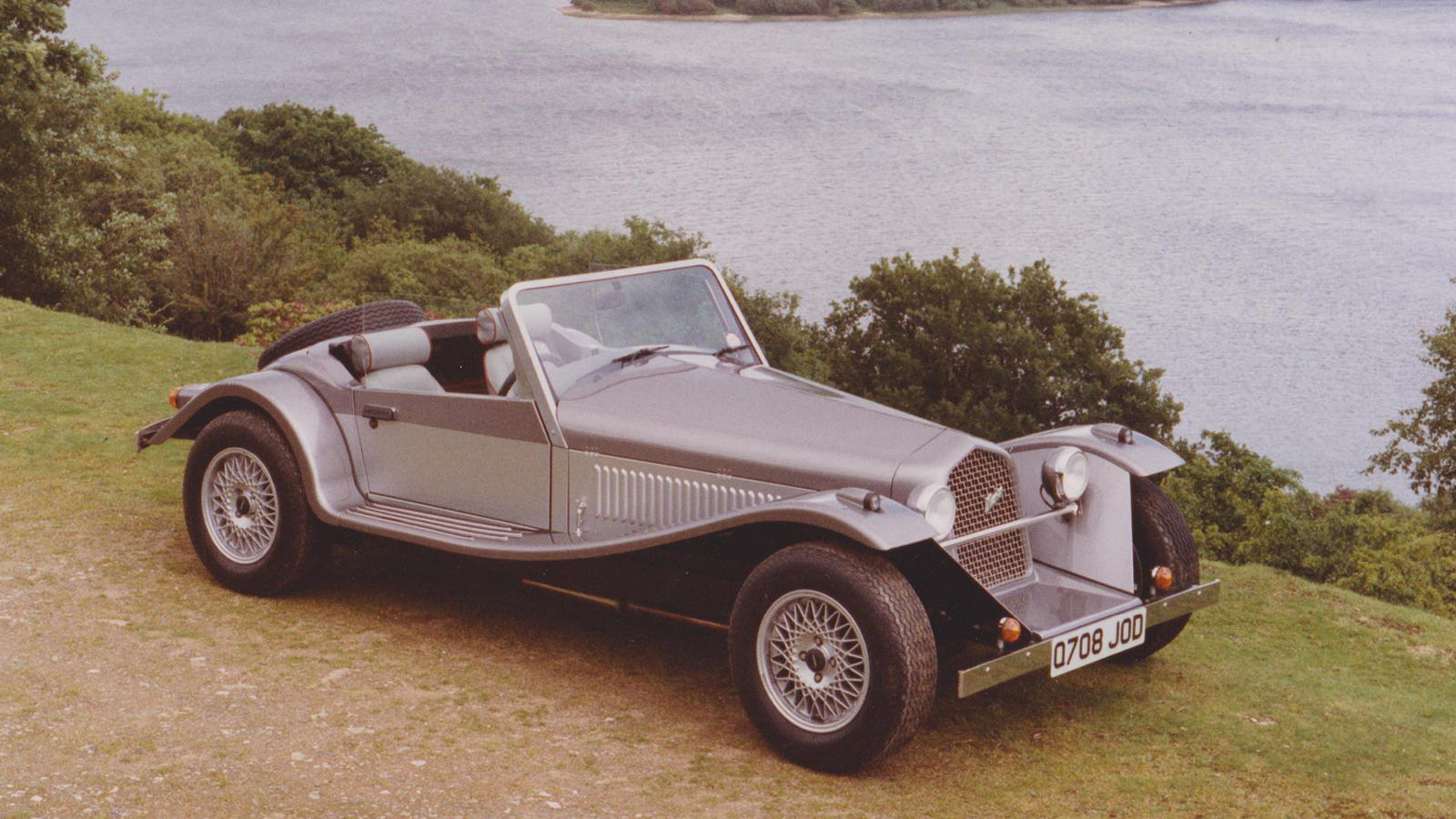 © Rota Archive
© Rota Archive -
 © Rota Archive
© Rota Archive
-
Variety is the spice of life
Britain’s cottage industry of kit car manufacturers has never lacked creativity. Derek Buckler effectively ushered in the movement in the late 1950s via his eponymous Mk6 sports car package.
Since then, marques have come and gone, some making like the mayfly, while others enjoyed prosperity only to be undone by outside forces. Some kits of yesteryear were not lacking in invention, with the likes of Lotus’ talismanic founder Colin Chapman having started out making cars for home assembly.
Gathered here is a selection of some of the more memorable British kit cars of the past 70-something years. All were sold in DiY form with customers required to source running gear as opposed to being supplied nearly completed and with all new parts as a tax dodge. Some were brilliant, others less so. None could ever be accused of being boring.
-
1. Falcon Competition
This shapely bodyshell was a staple of the 1950s ‘specials’ movement and appeared in various guises and under different names.
Elva was an early adopter, while one such ’shell graced a works Austin-Healey Sprite at Le Mans in 1959, as pictured here.
-
2. Mini Marcos
Derived from the one-off Mini DART that also spawned the Mini Jem, this hugely capable little sports car has been in and out of production since 1965.
One example was fielded at Le Mans a year later and was the first British-made car home. A works car was entered in the 24 Hours a year later, but failed to finish.
-
3. GTM Coupé
The mid-engined Grand Touring Mini was launched as the Cox GTM in 1966 and underwent changes of ownership prior to a relaunch under Patrick Fitch and Peter Beck in 1980.
This baby Dino came into being thereafter. More than 500 were made, of all kinds.
-
4. Opus HRF
Devised by Neville Trickett and Geoff Thomas, this distinctive device marked the jumping-off point for hot-rodding in the UK.
Launched in 1967, it wasn’t exactly accurate in terms of looks, but hundreds were made with engines ranging from small Ford four-bangers to American V8s.
-
5. Stimson Scorcher
This motorized pommel horse was just one of countless loopy creations made by Barry Stimson during the 1970s and early ’80s.
It employed Mini running gear and was classified as a motorcycle and sidecar combination. Around 30 were made.
-
6. Midas Bronze
Harold McDermott produced the Mini Marcos during the mid- to late-1970s. He tasked Richard Oakes with updating the styling, but this became too big a challenge, not least because it wasn’t symmetrical…
Instead, the project morphed into the Midas. One of the more credible kit cars of the period, it was garlanded with praise after it was launched in 1978 (the Bronze model name came later).
-
7. Midas Gold
Staying with Midas, this Metro-based offering was launched in 1985 and styled by Richard Oakes. What’s more, Midas Bronze owner Gordon Murray provided input.
Highly capable and practical with it, the Gold subsequently spawned a convertible variant, only for a factory fire in 1989 to end play. The marque was revived, though, but under different ownership.
-
8. GTM Libra
Arguably the most accomplished original kit car design of the 1990s, the Rover K-series-powered Libra was another Richard Oakes creation. Introduced in 1998, it was later followed by an open Spyder variant.
The marque currently belongs within the Potenza Sports Cars portfolio along with Westfield and Chesil, but is effectively dormant.
-
9. Nova
The kit car that launched a thousand copyists. Created by Richard Oakes and Phil Sayers, the VW Beetle-based Nova was announced in late 1971.
Its signature lift-up, one-piece canopy represented pure concept car whimsy, and licensed versions were sold all around the world, including the USA (as the Sterling) and Australia (as the Purvis Eureka).
Countless bootleg offerings also seeped onto the market.
-
10. Dutton Phaeton
Tim Dutton-Woolley was unquestionably Britain’s most prolific kit car manufacturer in terms of sales during the 1970s and ’80s.
The Escort-based Phaeton arrived in 1977 and was effectively an evolution of the previous Malaga roadster, with thousands being made to 1989. The design was later adopted by Eagle Cars.
-
11. Hustler
Originally conceived as a project for Third World countries, the Hustler lived on as a kit car under the Intersyl banner. Devised by William Towns, as many as 72 permutations were made in four- and six-wheeled forms, most employing Mini and BMC 1100/1300 components.
The most majestic variant, however, was the Highlander that accommodated Jaguar XJ12 running gear.
-
12. Westfield
Following early success with Lotus Eleven replicas, Westfield moved into making its take on the Lotus Seven theme in 1984. However, early examples were deemed to be a bit too close in terms of looks and layout to Caterham’s offering and the matter was settled in the courts.
A revived variant, the SE, was launched in 1989 and the design has been developed ever since with thousands having been made to date.
-
13. Kougar Sports
Introduced in 1977, and originally based on Jaguar S-type parts, this hardy perennial proved popular with the sort of customer who otherwise wouldn’t have crossed the road to look at a kit car.
It was meant to evoke HWM and Frazer Nash models, and did so successfully for the most part. Originally known as the Cougar, the name was tweaked a little following objections from Ford.
-
14. NG TC
The traditional 1930s-style roadster was a popular market segment during the 1980s and ’90s. Nick Green’s NG offerings were very much to the fore in terms of quality and numbers sold, the boat-tailed TC being arguably the most attractive.
Based on the MG, and powered by the enduring Rover V8 engine, it was well-received in period. It also spawned the TCR competition variant which enjoyed success on-track with Chris Alford at the helm.
-
15. Ultima
Announced in 1983, the original Ultima was designed by Lee Noble and resembled a scaled-down Group C car. It proved a prolific winner in club racing, with a more rounded version coming on stream in 1989.
Manufacturing rights were sold to Ted Marlow who thereafter developed the theme further with brilliant effect.
-
16. Jago Jeep/Geep/Sandero
In addition to being a hot-rodding pioneer in the UK, Geoff Jago also manufactured thousands of kit cars. The Jeep was introduced in 1971 and initially used the Ford Anglia as a donor car (a Morris Minor-based version was also sold).
An Escort-based variant was offered from 1976 and thousands were made to the early-1990s, latterly as the Sandero after Jeep took exception to the nomenclature.
-
17. Lomax
Hugely successful in period, the Lomax line of three- and four-wheeled kits employed running gear from the Citroën 2CV, Dyane and Ami.
Launched in 1982, variations on the theme were sold throughout Europe, with thousands having been made to the end in 2003. Lomax also produced a utility vehicle called the Déjà vu, but it failed to find favor.
-
18. Grinnall Scorpion III
Conceived by Mark Grinnall, and styled by Steve Harper, the brilliant Scorpion trike was launched in 1992 and initially offered with the option of customers sourcing their own parts.
Employing BMW K-series motorcycle power, the design has been continuously honed, although the four-wheeled variant has yet to enter series production.
-
19. Phantom GTR/Vortex
Phantom was originally rooted in the Clubmans category of sports-racing cars in which it enjoyed considerable success. Chris Greville-Smith and Norman Morris, both of whom were designers and engineers of note within the mainstream car industry, introduced the GTR road car in 1997.
It initially featured Rover/Honda V6 units amidships, variants following with ST-spec Ford Duratec V6 and turbocharged Volvo power. More recently, the car has been offered under the Vortex nameplate.
-
20. Marlin
Paul Moorhouse built a raft of one-offs prior to launching the Marlin in 1979. Initially employing Triumph Herald/Vitesse running gear, other donor cars came online throughout the 1980s.
Variations on the theme became increasingly sophisticated into the 1990s, subsequent owners of the brand introducing the Hunter production model and racy BMW E36-based Sportster along the way.
-
21. Davrian
Davrian was a marque that from the mid-1960s to the early-1980s consistently punched above its weight. A bewildering array of models and variants were brought to market, many with Hillman Imp power.
Huge success in ModSports and other club racing categories ensued. The marque lives on in spirit via the closely related Darrian brand.
